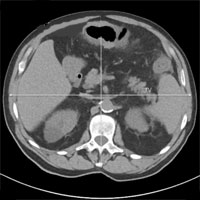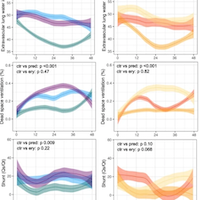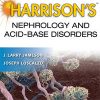Abdominal Compartment Syndrome
emdocs.net
Abdominal compartment syndrome (ACS) is defined by sustained intra-abdominal pressure (IAP) > 20 mm Hg with associated organ injury. The condition was first described in 1863, but not significantly discussed until the 1990s.
Intra-abdominal hypertension (IAH), or elevated pressures within the abdomen in the absence of end organ injury, has been associated with increased mortality and lengths of stay, but just because the patient has IAH does not mean he/she has ACS. Approximately 3-13% of patients will develop ACS in the setting of IAH.
ACS possesses a large number of associated risk factors, but all of these are related to 4 components: diminished abdominal wall compliance, increased intraluminal contents, increased abdominal contents, or capillary leak/fluid resuscitation.
Unfortunately, ACS is associated with a mortality ranging from 25-100%. However, it is often missed in the ED. While one of our primary roles is to resuscitate and manage acute life-threatening conditions, we are finding ourselves boarding critical patients in the ED. With this increased boarding, emergency clinicians must recognize, diagnose, and manage ACS.
Most patients with ACS require ICU level care. Just keep in mind repeat assessments in patients who are boarding may be needed. Prognosis primarily depends on rapid diagnosis and early management. Patients with older age, comorbidities, greater volume received in resuscitation, and major organ dysfunction have higher mortality rates.
















